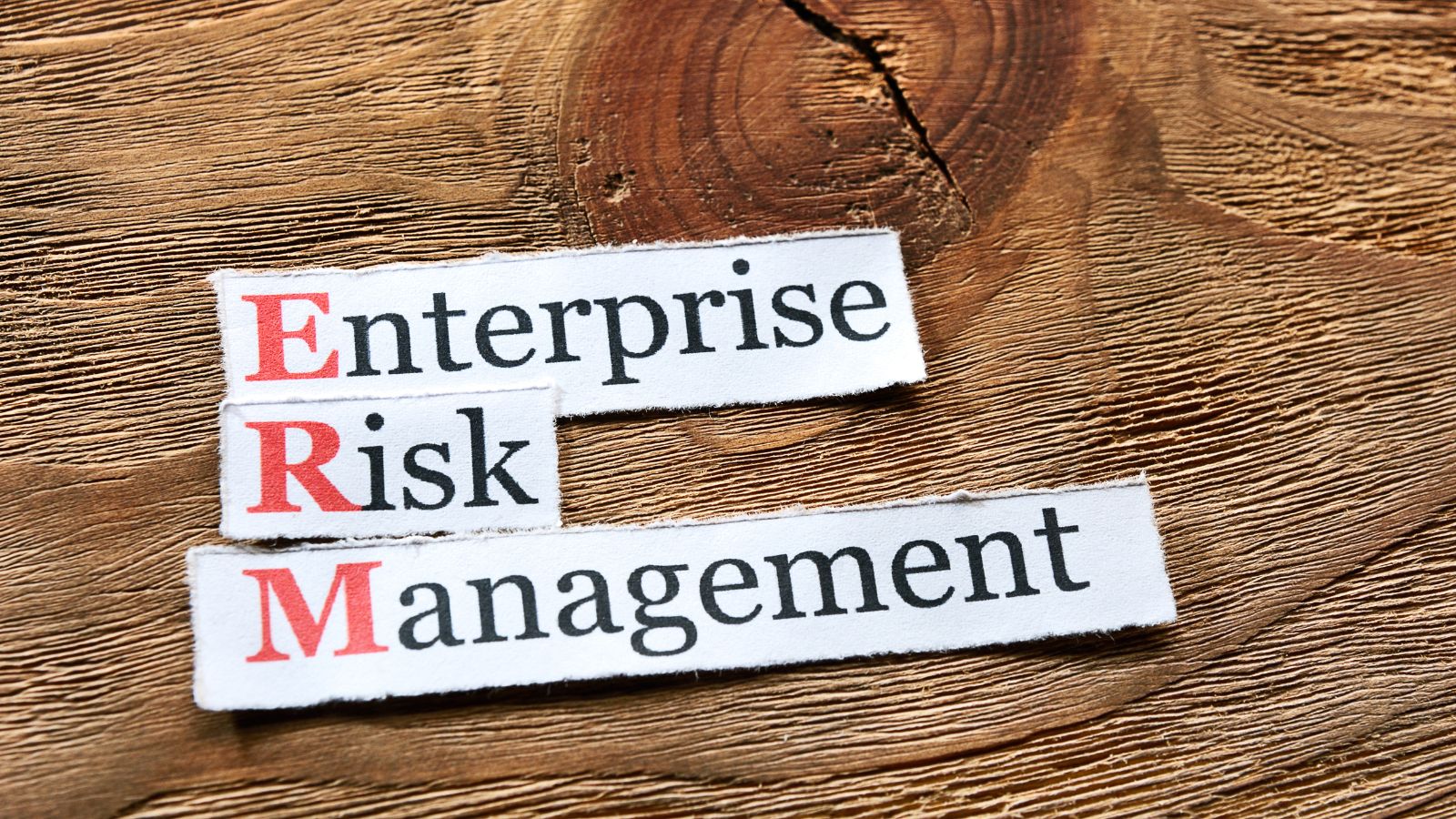
For large organizations, incidents can range from security breaches to HR violations—and everything in between. That’s where an incident management system (IMS) comes in. Think of it as your centralized command center for handling issues quickly and efficiently. It helps you track, manage, and resolve incidents while keeping everyone on the same page.
Why does this matter so much for big enterprises? Because scaling your incident response isn’t just about adding more people or more tools. It’s about staying compliant, safeguarding sensitive data, and making sure global teams can coordinate seamlessly. According to IBM’s 2023 Cost of a Data Breach Report, the average breach costs organizations a whopping $4.45 million, and poor incident management can make that number spike even higher.
In this article, we’ll walk through the key features you should be looking for in an enterprise-grade incident management system—and how a solution like Case IQ can help you stay ahead of the curve.
Why Enterprises Need A Robust Incident Management System
Differences Between Smb Vs. Enterprise Incident Management
Small and medium-sized businesses (SMBs) often face fewer incidents, or at least less complex ones. But once you hit enterprise scale, it’s a different ballgame entirely:
- Volume and Variety: You might be dealing with HR-related issues, security alerts, regulatory complaints, and more—often in multiple locations.
- Multi-Department Coordination: One security breach could involve IT, legal, HR, and leadership.
- Higher Stakes: Enterprises have more reputational risk and can face larger legal consequences if incidents aren’t handled properly.
High Stakes: Brand Reputation, Legal Liability, And Operational Continuity
One major incident can tank customer trust. According to a 2022 PwC survey, over 85% of consumers said they’d stop doing business with a company that handles a data breach poorly. Plus, legal liabilities for non-compliance can soar into millions of dollars—especially when regulations like GDPR, HIPAA, or SOC 2 come into play.
Increased Complexity And Volume Of Incidents
Large organizations may see dozens of incidents a week, ranging from minor infractions to major security threats. Handling that volume manually or with outdated software can lead to oversights—delayed responses, lost documentation, or even missed red flags. These mistakes can spiral into bigger operational disruptions and compliance nightmares.
The Importance of Scalable, Secure, and Customizable Solutions
A Robust Ims For Enterprises Needs To Handle:
- Scalability: Can it manage thousands of incidents without slowing down?
- Security: How does it protect sensitive data and maintain proper audit trails?
- Customization: Every department might have its own forms, workflows, and compliance needs.
Having an enterprise incident management setup is no longer optional—it’s essential for efficient, responsible operations on a global scale.
Key Features Of An Enterprise Incident Management System
1. Centralized And Customizable Incident Reporting
In large organizations, different departments often have unique reporting requirements. That’s why your IMS should offer:
- Multi-Department Reporting: A single portal that multiple teams—from HR to IT—can use without stepping on each other’s toes.
- Tailored Fields and Workflows: So each incident type captures the right data.
- Role-Based Access Controls: Ensuring that only authorized personnel can view or edit specific incident details.
By centralizing reports, you eliminate the confusion of juggling separate spreadsheets or siloed software. Plus, you’ll have a single source of truth for all incident-related information.
2. Automation For Faster Incident Response
Enterprise incident volumes demand more than human effort. Look for automation features that:
- Auto-Escalate Critical Incidents: High-severity cases shouldn’t get stuck in a queue.
- Workflow Automation: Routine steps—like sending acknowledgment emails or assigning tasks—happen instantly, freeing up investigators to focus on higher-level work.
- Real-Time Notifications and Alerts: Immediate alerts help you respond faster, which can reduce damage and ensure compliance.
Automation doesn’t replace your team’s expertise; it just speeds up repetitive tasks and ensures nothing falls through the cracks.
3. Seamless Integration With Existing Enterprise Systems
Whether it’s your HR platform, legal software, security incident event management (SIEM), or IT ticketing solution, your IMS should talk to the systems you already use:
- HR, Legal, Security, and IT Integrations: Streamlined data flow reduces the risk of duplicating entries or making manual errors.
- API Capabilities: Open APIs let you customize how data is exchanged, giving you more control over your workflows.
- Data Exchange: Consistent fields and standardized formats make it easier for different teams to collaborate.
After all, incident management doesn’t happen in a vacuum. Connecting your systems makes the entire incident response process smoother and more accurate.
4. Security And Compliance Readiness
For enterprises, data security and compliance are at the forefront. Look for:
- Data Encryption: Both at rest and in transit, preventing unauthorized access.
- Audit Trails: A detailed log of who did what and when. This is vital if you need to demonstrate compliance to regulators.
- Certifications and Standards: Check if the system supports or complies with SOC 2, GDPR, HIPAA, ISO 27001, etc.
Case IQ stands out here by offering secure report management specifically designed to meet modern compliance demands. With robust encryption and compliance-readiness built in, you reduce the risk of data mishandling or regulatory violations.
Supporting A Scalable And Global Incident Management Process
When you operate across multiple locations, you need a solution that can juggle time zones, languages, and regional regulations.
- Multiple Locations and Time Zones: The system should let teams log incidents no matter where they are, and coordinate follow-ups in real time.
- Multi-Language Support and Localization: Ensures employees can report incidents in the language they’re most comfortable using.
- Diverse Incident Types: An enterprise system might handle everything from HR complaints to security breaches to compliance flags.
Case IQ is built with scalability in mind, making it a fit for organizations that need a single platform to manage a wide variety of incident types across continents.
How Case IQ Helps Enterprises Streamline Incident Management
Case IQ is a purpose-built incident management solution designed for the complexity of large enterprises. Here’s how it makes a difference:
- Intuitive UX for All Departments
Even non-technical users can file and track incidents easily. That means better adoption across HR, legal, security, and beyond. - Audit Trails and Secure Data Handling
Every action is automatically logged. This level of detail helps you stay prepared for internal audits or regulatory checks. - Powerful Integrations
Case IQ works with existing systems—like HR tools or IT ticketing platforms—so data flows seamlessly without extra manual effort. - Scalability for Global Teams
Whether you have offices in two neighborhoods or twenty countries, Case IQ’s flexible architecture and localization features support your teams.
Real-World Example
Life Without Barriers (LWB) is one of Australia’s largest not-for-profit organizations, providing services in disability support, out-of-home care, aged care, and mental health. Operating in over 500 communities nationally, LWB manages a high volume of sensitive and critical incidents daily—ranging from client safety reports to regulatory compliance checks.
Challenge
Before adopting Case IQ, LWB relied on disparate systems and manual processes to track incidents. Staff across multiple sites sometimes used paper forms or ad-hoc spreadsheets, leading to:
- Delayed Reporting: Incident reports were slow to file and consolidate.
- Limited Visibility: No single source of truth, making it difficult to track the progress of investigations.
- Compliance Risks: Varied documentation approaches exposed gaps in meeting internal policies and external regulatory requirements.
The Case IQ Solution
LWB selected Case IQ to centralize incident reporting and streamline its compliance obligations. Key improvements included:
- Unified Platform: Staff recorded incidents in a single, cloud-based system, eliminating the confusion of multiple tools.
- Automated Workflows: Notifications and reminders helped ensure timely follow-up and resolution of critical incidents.
- Real-Time Analytics: Dashboards provided instant insight into trends, incident types, and status updates, helping management act proactively.
- Enhanced Compliance: Built-in checks and standardized forms reduced errors and ensured that each case met internal governance and external regulatory standards.
Results
- Faster Incident Resolution: LWB substantially reduced the time needed to address and close incident reports because all data and documentation flowed through one coordinated system.
- Improved Data Integrity: Automated tracking cut down on duplications and errors, enhancing the reliability of compliance reports.
- Stronger Accountability: Clear incident ownership and consistent escalation pathways encouraged a culture of responsibility across the organization.
- Better Visibility for Compliance: Centralized analytics helped LWB quickly identify patterns and compliance risks, streamlining regulatory reporting requirements.
According to a public statement attributed to Life Without Barriers, the platform’s ability to consolidate diverse data sources in real time has led to improved staff efficiency and higher confidence in reporting. While specific metrics on time-to-resolution and cost savings vary by program area, internal reviews consistently show a marked decrease in incident backlogs and a more proactive approach to risk management.
Final Thoughts: Choosing The Right Partner In Incident Management
Selecting an enterprise-grade incident management system is more than just checking off features. It’s about ensuring the solution can grow with you, adapt to your unique workflows, and meet evolving compliance standards.
Here’s a quick recap of what to prioritize:
- Centralized, Customizable Reporting – So departments can tailor reports while still feeding into a single database.
- Automation – To speed up response times and reduce manual workload.
- Integration – Ensuring seamless data flow across HR, legal, security, and IT systems.
- Security and Compliance – Looking for encryption, audit trails, and alignment with standards like SOC 2 and GDPR.
- Scalability and Global Support – Handling multiple locations, time zones, and language requirements.
Of course, the support and expertise of your incident management vendor matter just as much.
You need onboarding assistance, dependable tech support, and a track record of working with enterprises at your scale. Case IQ excels in all these areas, making it a strong partner for modern, high-stakes incident management.
FAQs
1. What Is The Difference Between An Incident Management System And Incident Tracking Software?
An incident management system goes beyond tracking; it also automates workflows, supports integrations with other enterprise tools, and provides features like audit trails, customizable forms, and risk assessment. Incident tracking software often focuses on basic logging and may lack the robust automation or compliance features needed for large enterprises.
2. How Does An Enterprise Incident Management System Support Compliance Requirements?
By offering audit logs, data encryption, role-based access, and often built-in support for standards like GDPR, SOC 2, or HIPAA. These systems help demonstrate to regulators that you’re proactively managing incidents in line with legal obligations.
3. What Features Should I Prioritize When Evaluating Incident Management Software For A Large Organization?
Look for customizable reporting, automated workflows, seamless integrations with enterprise systems, strong security features, and scalability. These ensure the software can handle diverse, high-volume incidents without sacrificing performance or security.
4. How Can Automation Improve Our Incident Response Process In An Enterprise Setting?
Automation handles time-consuming tasks—like sending notifications, escalating critical incidents, and updating case statuses—allowing your team to focus on strategic decisions. Faster response times also help mitigate potential damages and keep compliance intact.
5. Why Is Scalability Important In An Enterprise-Grade Incident Management Solution?
Enterprises can experience thousands of incidents across multiple global locations. A scalable system supports large volumes of data and concurrent users without lags or downtime. It also adapts to changing business needs—whether you acquire new companies, open new offices, or add new incident types to manage.




